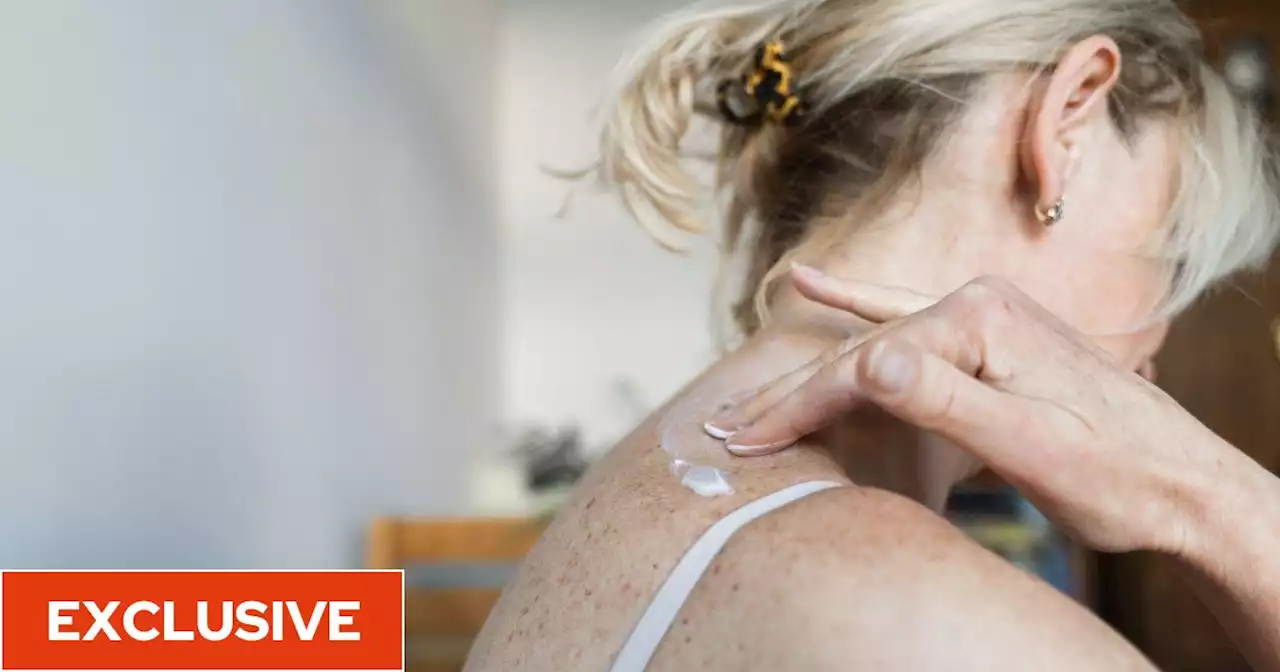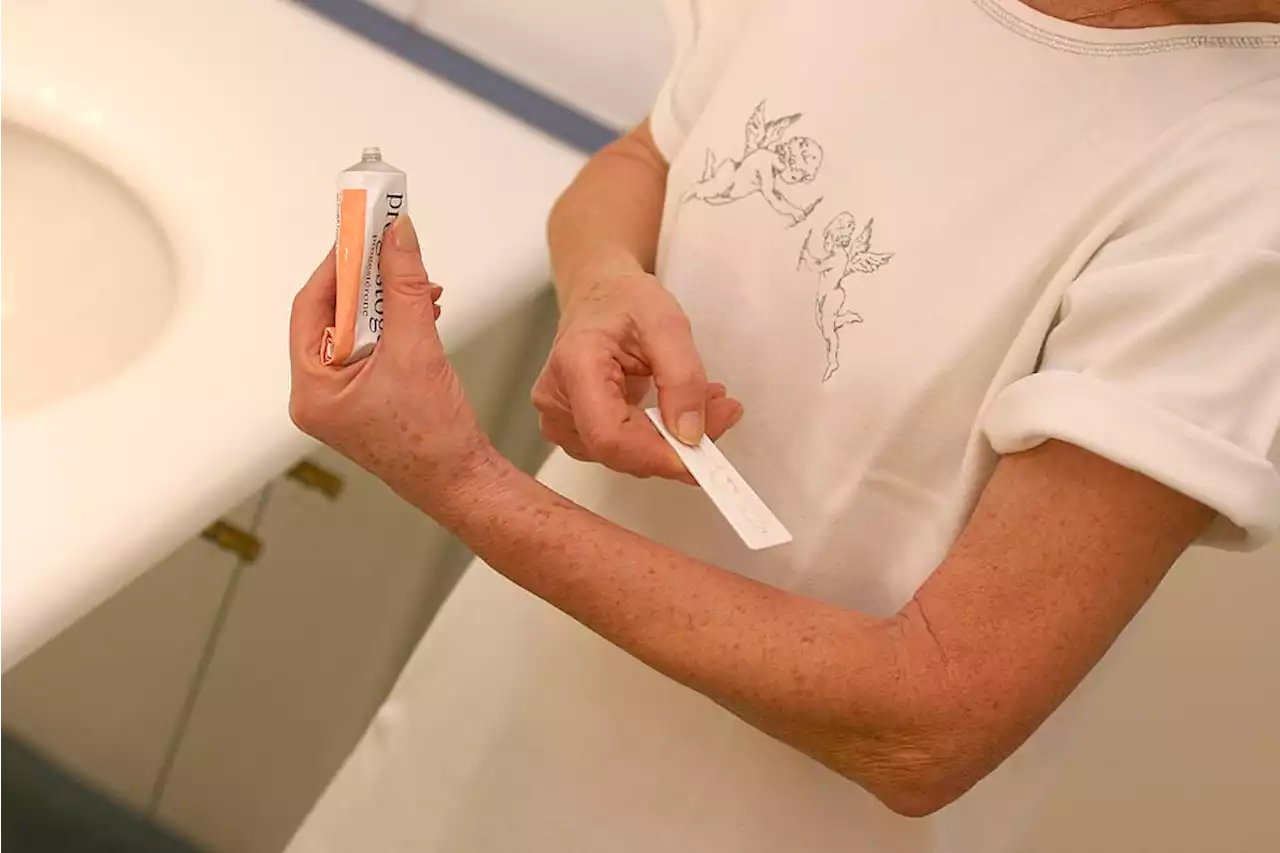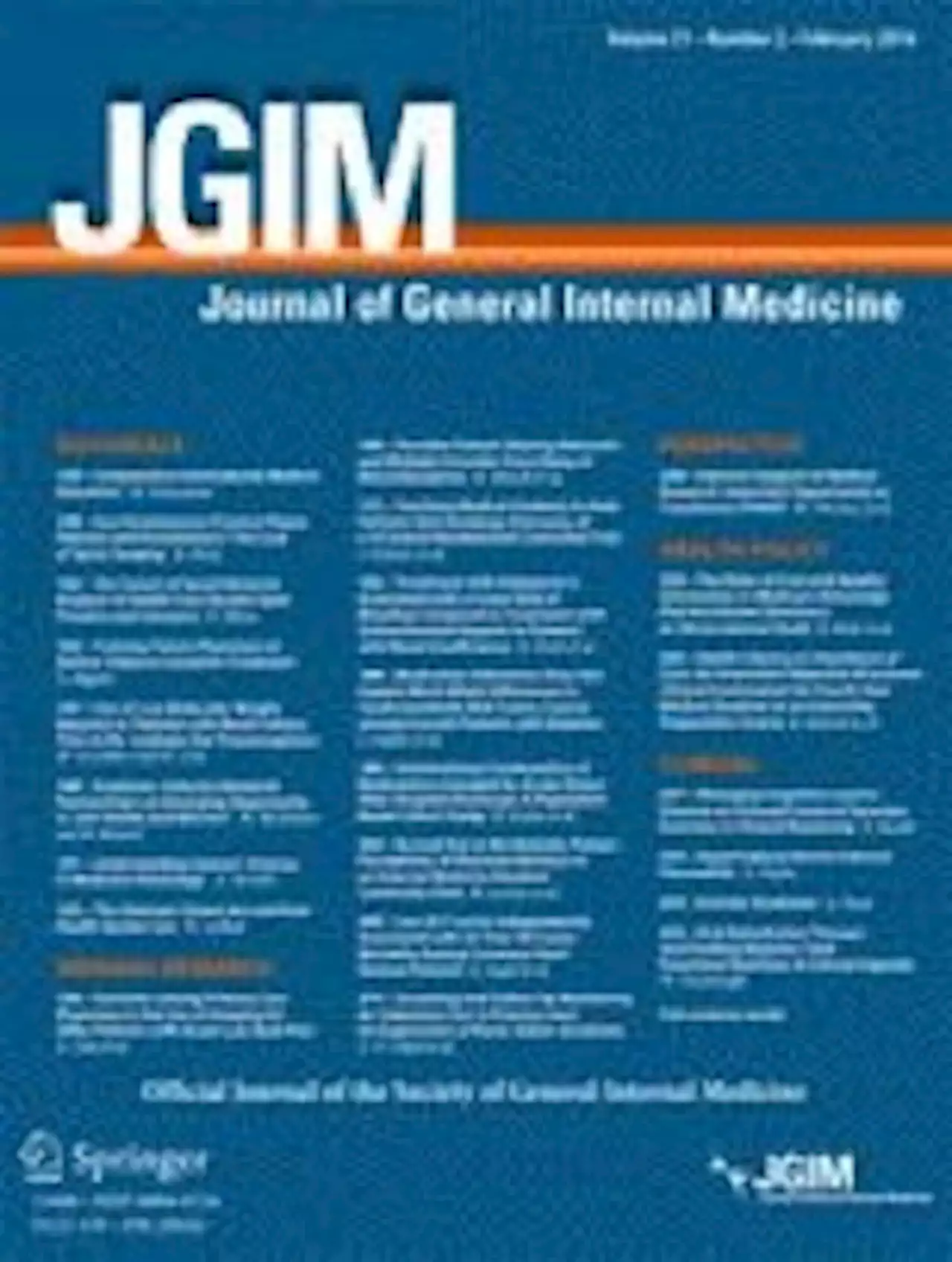Women are spending thousands of pounds on private menopause specialists due to ongoing hormone replacement therapy (HRT) shortages and a lack of GP appointments 🔴 luciemheath reports:
, with GPs in affluent areas spending three times as much on the treatment as those in disadvantaged areas.to ensure they can access HRT – which risks pricing those on low incomes out of getting help with their symptoms.
“My GP was awful. When I asked to be referred to a menopause clinic they said ‘what do you hope to get from that?’,” she toldShe has continued to get her prescription through the private specialist as she cannot get her HRT via NHS pharmacists, due to ongoing shortages of several products. “I’ve already had to give up my job and lose a third of my income and be on sick pay for a long time. Financially it’s absolutely devastating”to access their HRT again after a major national shortage last spring.
Nikki Rudd, from Bedfordshire, has also been forced to spend thousands of pounds on private specialists since she started taking HRT following a hysterectomy in November 2020.
United States Latest News, United States Headlines
Similar News:You can also read news stories similar to this one that we have collected from other news sources.
 HRT postcode lottery leaves women in most deprived areas struggling to access treatmentWomen living in the most deprived parts of England are far less likely to be prescribed hormone replacement therapy to help them deal with the symptoms of the menopause 🔴 luciemheath reports:
HRT postcode lottery leaves women in most deprived areas struggling to access treatmentWomen living in the most deprived parts of England are far less likely to be prescribed hormone replacement therapy to help them deal with the symptoms of the menopause 🔴 luciemheath reports:
Read more »
 Receiving HRT shouldn’t depend on where you liveIt’s disheartening to see that women in deprived areas are least likely to have access to treatment, particularly amid a widespread shortage of the medication
Receiving HRT shouldn’t depend on where you liveIt’s disheartening to see that women in deprived areas are least likely to have access to treatment, particularly amid a widespread shortage of the medication
Read more »
 i morning briefing: Why the HRT crisis is far from over📨 i morning briefing: Why the HRT crisis is far from over 📬 Sign up to our Early Edition newsletter here ⤵️
i morning briefing: Why the HRT crisis is far from over📨 i morning briefing: Why the HRT crisis is far from over 📬 Sign up to our Early Edition newsletter here ⤵️
Read more »
 I spent £500 getting HRT privately after receiving ‘incorrect advice’ from my GPLisa Austin was told by her GP that taking oestrogen would increase her risk of breast cancer - but this contradicts the advice given by the NHS on its website
I spent £500 getting HRT privately after receiving ‘incorrect advice’ from my GPLisa Austin was told by her GP that taking oestrogen would increase her risk of breast cancer - but this contradicts the advice given by the NHS on its website
Read more »
 Variability Among Breast Cancer Risk Classification Models When Applied at the Level of the Individual Woman - Journal of General Internal MedicineBackground Breast cancer risk models guide screening and chemoprevention decisions, but the extent and effect of variability among models, particularly at the individual level, is uncertain. Objective To quantify the accuracy and disagreement between commonly used risk models in categorizing individual women as average vs. high risk for developing invasive breast cancer. Design Comparison of three risk prediction models: Breast Cancer Risk Assessment Tool (BCRAT), Breast Cancer Surveillance Consortium (BCSC) model, and International Breast Intervention Study (IBIS) model. Subjects Women 40 to 74 years of age presenting for screening mammography at a multisite health system between 2011 and 2015, with 5-year follow-up for cancer outcome. Main Measures Comparison of model discrimination and calibration at the population level and inter-model agreement for 5-year breast cancer risk at the individual level using two cutoffs (≥ 1.67% and ≥ 3.0%). Key Results A total of 31,115 women were included. When using the ≥ 1.67% threshold, more than 21% of women were classified as high risk for developing breast cancer in the next 5 years by one model, but average risk by another model. When using the ≥ 3.0% threshold, more than 5% of women had disagreements in risk severity between models. Almost half of the women (46.6%) were classified as high risk by at least one of the three models (e.g., if all three models were applied) for the threshold of ≥ 1.67%, and 11.1% were classified as high risk for ≥ 3.0%. All three models had similar accuracy at the population level. Conclusions Breast cancer risk estimates for individual women vary substantially, depending on which risk assessment model is used. The choice of cutoff used to define high risk can lead to adverse effects for screening, preventive care, and quality of life for misidentified individuals. Clinicians need to be aware of the high false-positive and false-negative rates and variation between models when talking with pati
Variability Among Breast Cancer Risk Classification Models When Applied at the Level of the Individual Woman - Journal of General Internal MedicineBackground Breast cancer risk models guide screening and chemoprevention decisions, but the extent and effect of variability among models, particularly at the individual level, is uncertain. Objective To quantify the accuracy and disagreement between commonly used risk models in categorizing individual women as average vs. high risk for developing invasive breast cancer. Design Comparison of three risk prediction models: Breast Cancer Risk Assessment Tool (BCRAT), Breast Cancer Surveillance Consortium (BCSC) model, and International Breast Intervention Study (IBIS) model. Subjects Women 40 to 74 years of age presenting for screening mammography at a multisite health system between 2011 and 2015, with 5-year follow-up for cancer outcome. Main Measures Comparison of model discrimination and calibration at the population level and inter-model agreement for 5-year breast cancer risk at the individual level using two cutoffs (≥ 1.67% and ≥ 3.0%). Key Results A total of 31,115 women were included. When using the ≥ 1.67% threshold, more than 21% of women were classified as high risk for developing breast cancer in the next 5 years by one model, but average risk by another model. When using the ≥ 3.0% threshold, more than 5% of women had disagreements in risk severity between models. Almost half of the women (46.6%) were classified as high risk by at least one of the three models (e.g., if all three models were applied) for the threshold of ≥ 1.67%, and 11.1% were classified as high risk for ≥ 3.0%. All three models had similar accuracy at the population level. Conclusions Breast cancer risk estimates for individual women vary substantially, depending on which risk assessment model is used. The choice of cutoff used to define high risk can lead to adverse effects for screening, preventive care, and quality of life for misidentified individuals. Clinicians need to be aware of the high false-positive and false-negative rates and variation between models when talking with pati
Read more »
